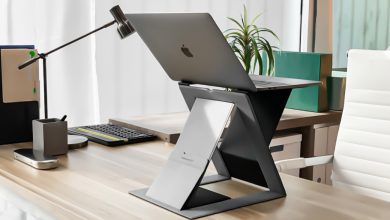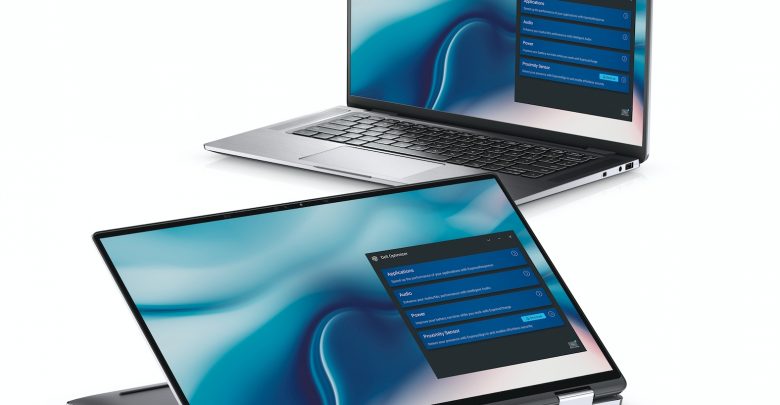
As business oriented folks keep up with the reality of the new COVID-19 situation, companies are trying their best to supply their employees with devices like laptops, PCs, and other hardware to meet their employees needs. Thus Dell decided to refresh their line-up, and unveil new PCs based on it’s Latitude(office) and Precision(workstation) line that helps employees work efficiently and securely from anywhere.
The key focuses behind the design of these devices included the evolving enterprise landscape, audience age demographics, and user experience, says Rahul Tikoo, senior vice president and general manager of commercial client products at Dell.
“One of the things that was very clear to us was that a lot of our workforce is no longer just sitting in an office. People are no longer working a 9 to 5 job; They’re working from home, they’re working in coffee shops, they’re working in airports, they’re working in planes. People are working globally,” Tikoo said
Dell Precision family
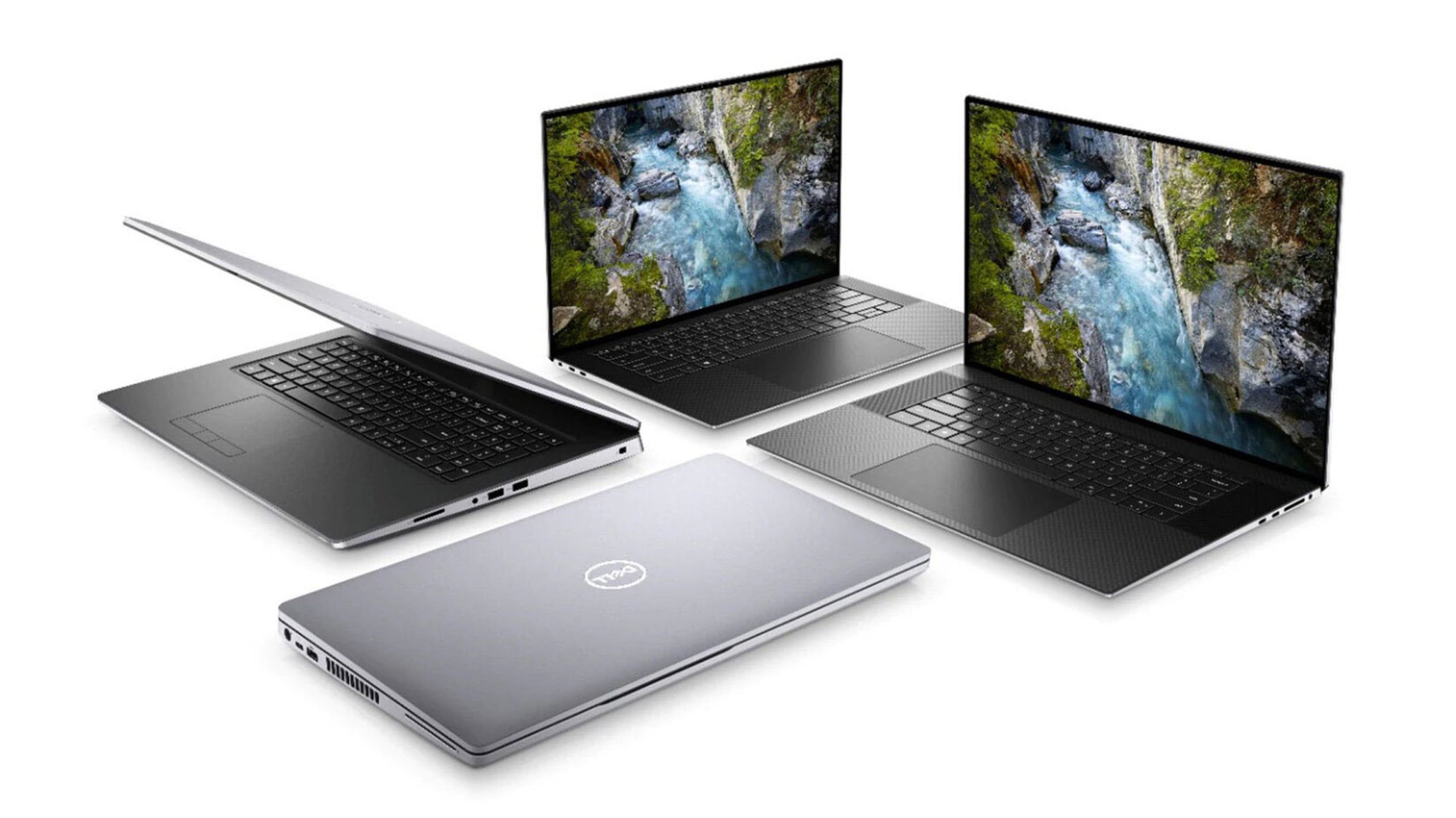
“Precision is our line of creative professional products. These users are professional creators, engineers, designers, movie makers, architects, oil and gas scientists, etc.,” Tikoo said.
“They want higher reliability in their products. They want higher performance out of these products. They want to be able to work and not have to worry about technology; technology sort of vanishes and is an enabler for them,” Tikoo said. “From that perspective, what we have invested in the Precision portfolio is more power, more performance in smaller footprints.”
The latest refresh of the Precision workstation laptops, are designed for intensive graphics processing, data analysis, and CAD modelling. By shortening the bezels, the new Precision 5550 and 5750 are said to be the smallest 15 and 17 inch laptops ever made.
On the specs side of things, the 5000-series Precision laptops come with the latest 10th-generation Intel CPUs as expected, with Core i5, Core i7, Core i9, and Xeon (W-10855M) options, with core counts from four all the way up to eight. RAM clocks in at 2933MHz and is available in 8, 16, 32, and 64GB configurations. The graphics are Nvidia Quadro T1000 and T2000 with 4GB DDR6. The 5750 skips the T1000 for a RTX 3000 with 6GB GDDR6. They both come with the built in Intel UHD graphics. Just like the XPS lineup, they can be configured with either a 4k or Full HD display.
“What I am most excited about is the 5550 and the 5750,” Tikoo said. “If you think about the 5550, it’s our smallest and is the lightest in the industry 15″ mobile workstation, and it’s a performance workhorse.”
Dell Latitude family
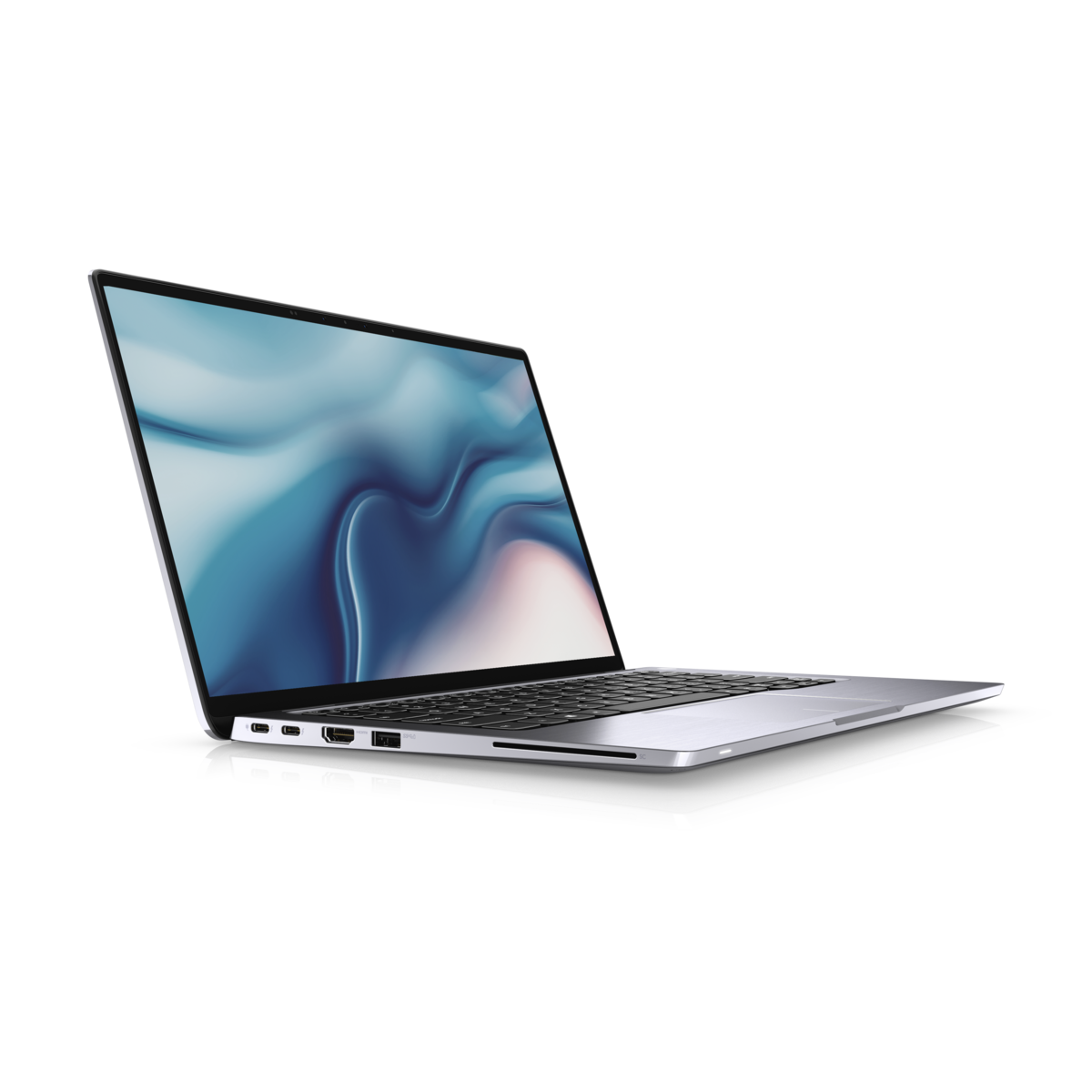
“Latitude is our corporate notebook line of products. It’s all about mobility. When you think about this workforce and how highly mobile they are, we wanted to make the smallest notebooks on the planet bar none,” Tikoo said. “These are the smallest footprints and some of the lightest notebooks you’ll find in the industry.”
The Latitude is not exactly a high-end performance oriented laptop. The focus is more on sleek design and portability. You get a flagship Latitude 9410 and 9510 with 14 and 15 inch displays. These too adopt the minimal bezel design, and the display is only Full HD(1920 x 1080 pixels).
Coming to the specs, you get max 16GB RAM at a clock speed of 2133MHz, core i7 CPUs, a couple of SSDs, and some large capacity battery options. The large battery is for people who travel long distances, and need plenty of juice along the way. Dell claims up to 34 hours of battery life from the biggest battery option on the 9510. Another thing that makes these stand out from the Precision series is that these laptops offer LTE mobile broadband options from Qualcomm in addition to Wi-Fi 6. While the 9510 offers 5G mobile broadband, the 9410 is limited to 4G.The 9510 is light at 1.4 kilos and comes with a bunch of microphones so that you can always enjoy that video call with the boss, or your colleagues.You can get it in convertible(foldable) or classic clamshell. The foldable is a tad heavier at almost 1.5 kilos. That’s almost a 100 grams more. The 9410 offers a 27 hour battery life.
“If you have a highly mobile workforce and are traveling for work, we want to make sure that you’re able to have a light back weight, so that when you’re traveling, you’re carrying almost a pound and a half lighter than the competition,” Tikoo declared. “Competitive 15″ products are about 4.5 pounds.(2 kilos)”
“No matter where you are, you’re well connected. You don’t need any other dongles for that,” Tikoo added. “We also packed it with 34 hours of battery life, which is literally 10 to 12 more hours than any other device out there.”
The entire latitude line-up is equipped with Dell Optimizer, which is a built-in artificial intelligence (AI) software that adapts to the user behaviour to create a more personalized experience. The feature automatically improves application performance, battery run time, and more, to allow for fewer disruptions.
Dell OptiPlex family
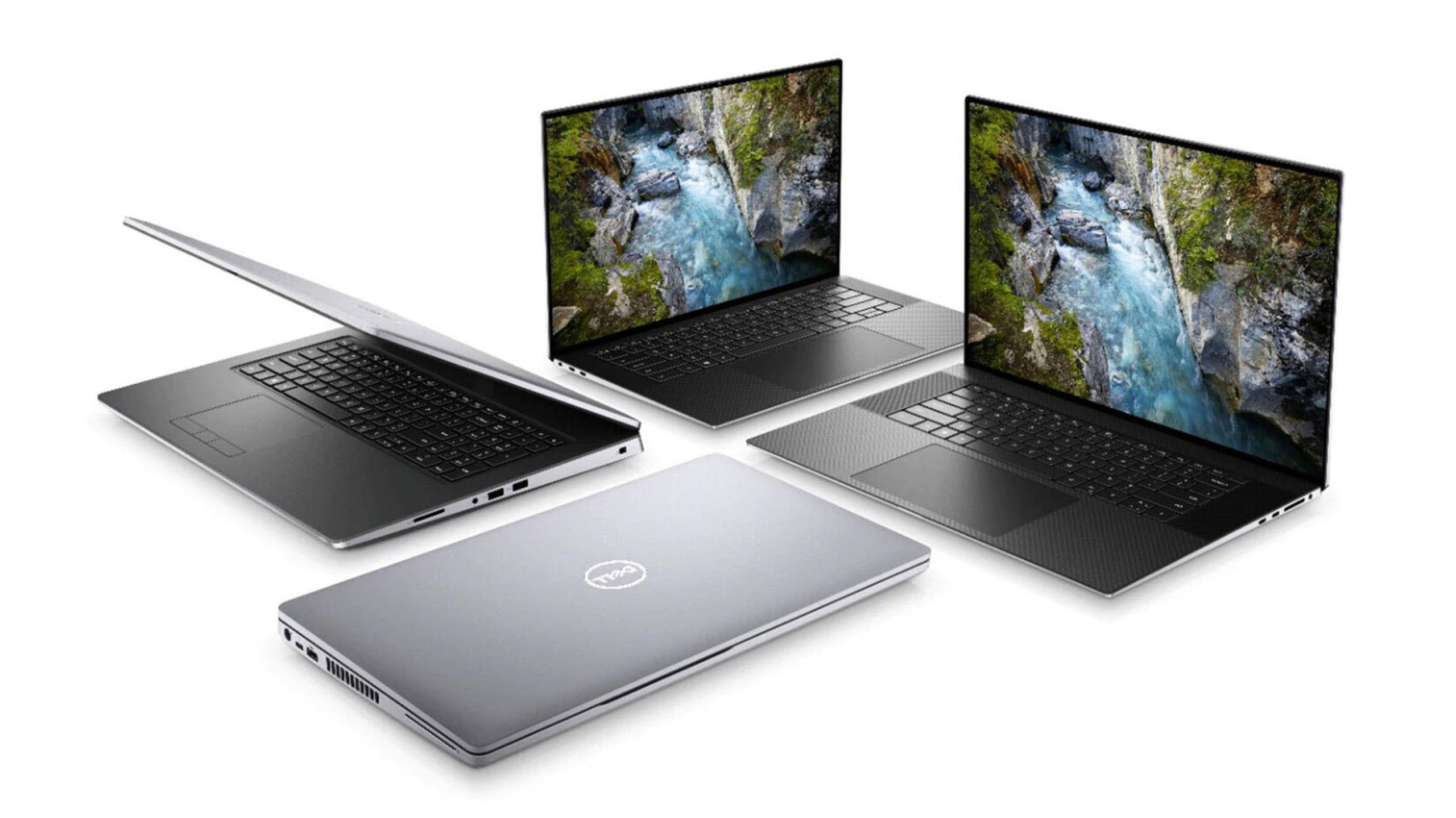
“If you think about desk-side computing, that’s also significantly changing,” Tikoo said. “What that industry cares about is a clean desk environment, smaller desktops, being able to pack more power and performance into these smaller desktops that just sort of vanish and are in the background.”
There are 2 models, OptiPlex All-in-one (AiO) 7780 and OptiPlex 7080 Micro. The OptiPlex all in one 7780 comes with a 27 inch monitor, and the entire CPU is fixed into the monitor itself, hence “all in one”. The monitor can be full HD touch or non touch. It’s by default an IPS panel. The monitor comes with a built in web cam. The operating system is Windows 10 Modern Standby. The OptiPlex 7080 micro comes with a myriad of mounting solutions. It’s mounted on the monitor itself, or on the monitor stand, or under it, or on the walls, or under the desks, and even features a dual VESA mount option, allowing both the computer and the monitor to be mounted on any VESA compatible arm or stand.
On the specs side of things, the 7080 Micro features up to a Core i9-10900 processor, with 10 cores/20 threads and a 5.2GHz boost clock. It also offers up to 64GBs of 2933MHz DDR4 in a 2x32GB configuration with i7 and i9 configurations. It even has an option for discrete graphics in the form of an AMD Radeon RX 640. The sorage options include up to a 2TB Gen 3 NVMe boot drive and a 32GB Intel Optane memory module, as well as space for a single 2.5” SATA drive. Connectivity includes Wi-Fi 6, Bluetooth 5.1, and a single Gigabit port. The lack of Thunderbolt 3 is a drawback, but it does have 7 USB 3.2 ports, 3 of which are Gen2, and 1 of which is Type-C.
The specs are similar to the micro, but the one thing that makes it different, from the micro is the graphics. You get a Nvidia1650ti instead of a AMD RX series.
The OptiPlex 7080 Micro is available May 28, 2020, starting at $1,284.29, while the OptiPlex AiO 7780 is available May 29, 2020 starting at $2,070.


